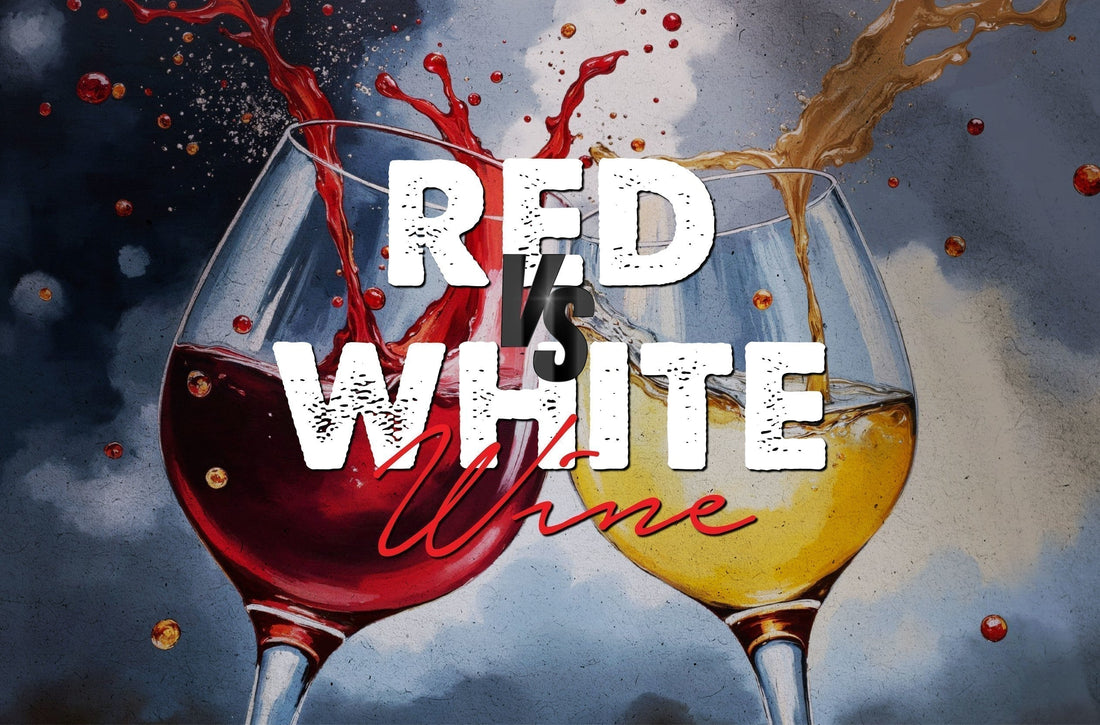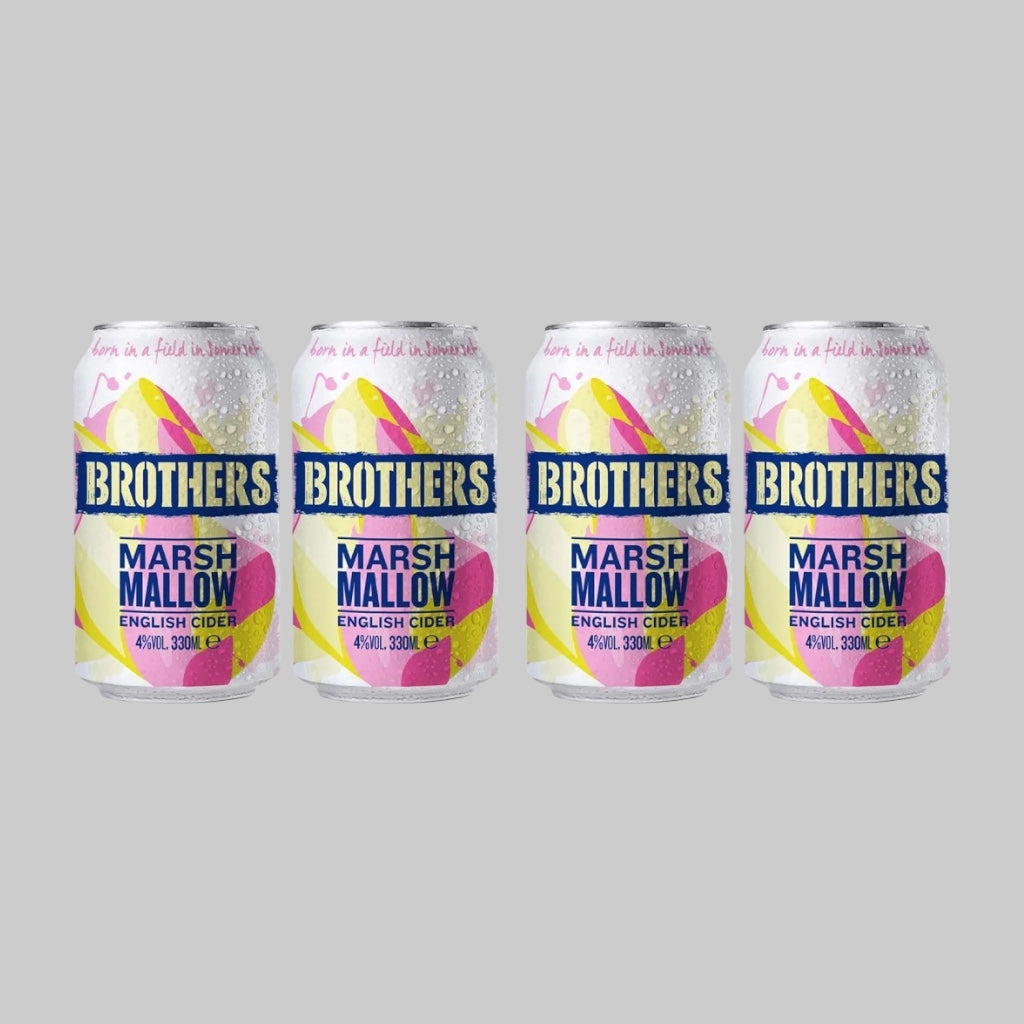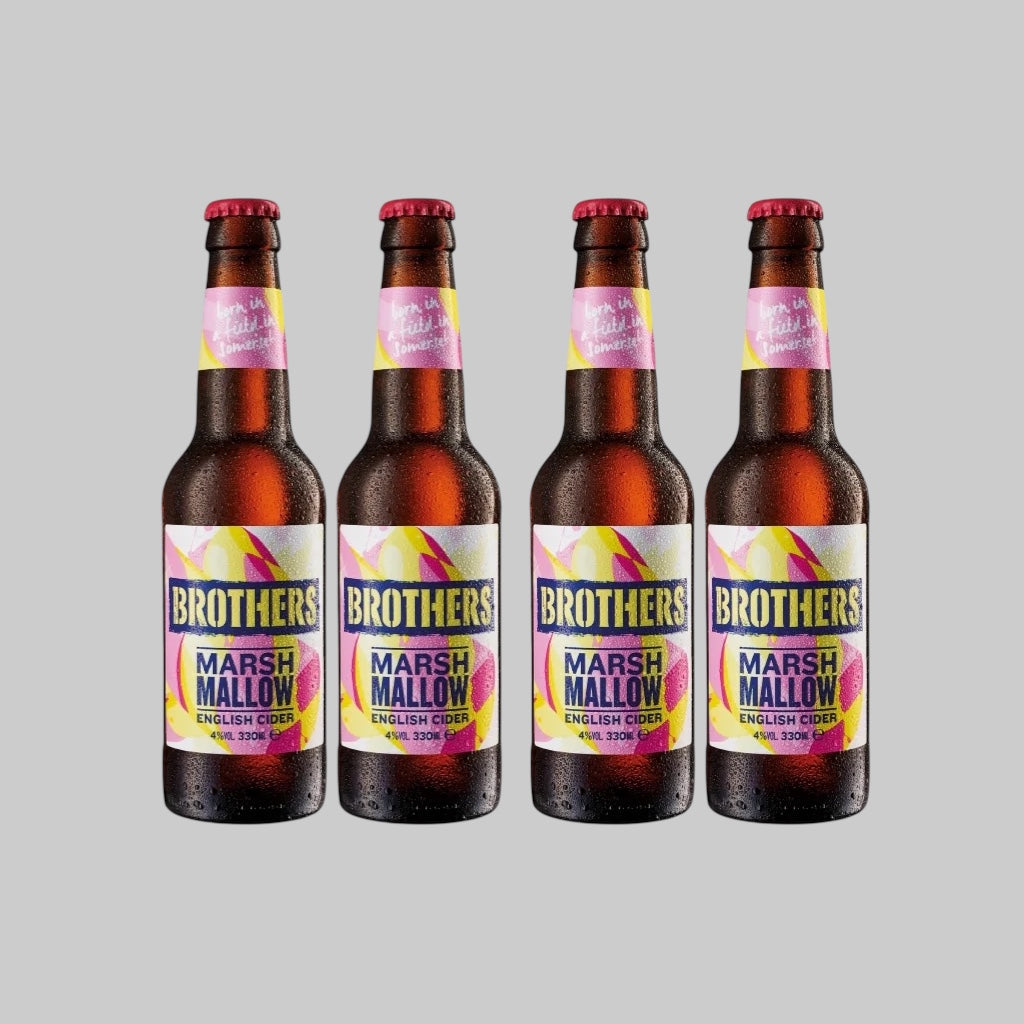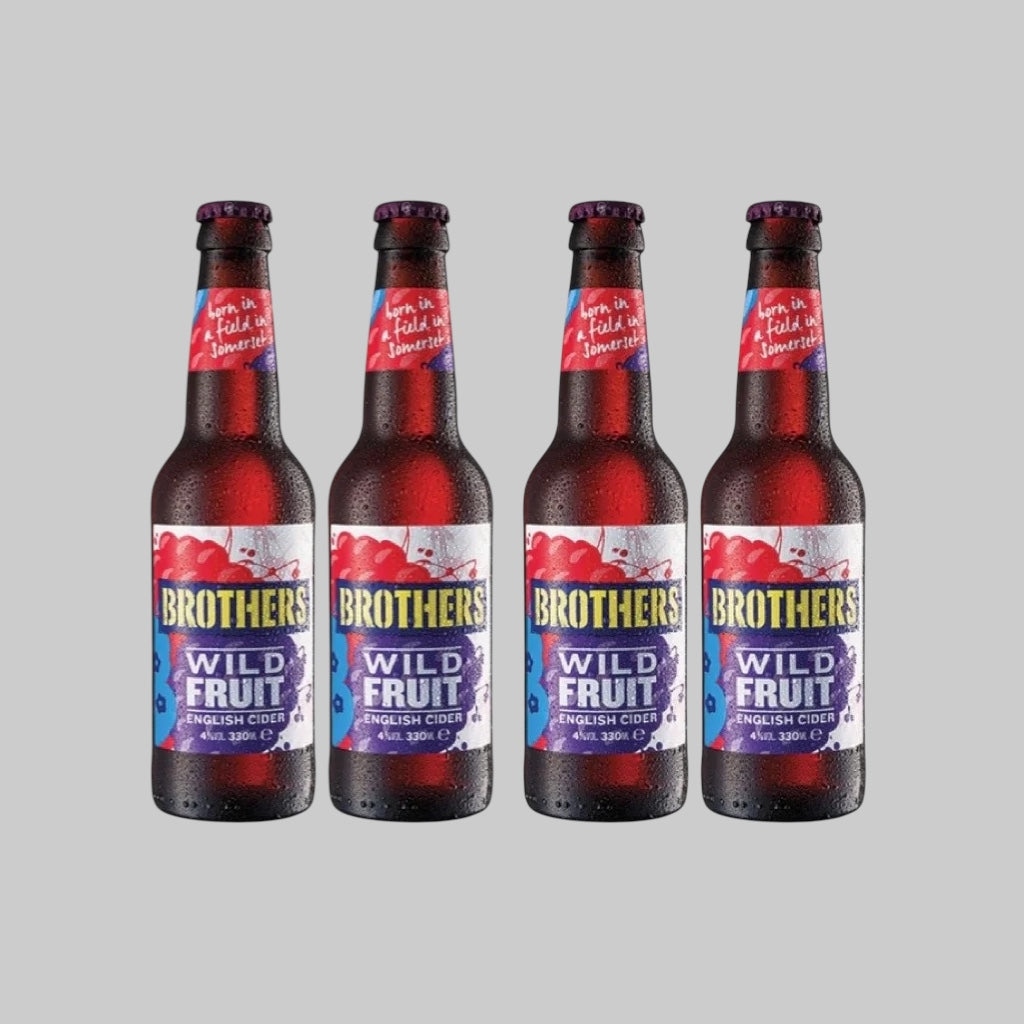How Are Red and White Wines Different?
To explore this topic, we need to consider several key elements:
- Winemaking process
- Grape varieties
- Wine structure
- Aging potential
- Wine longevity
Winemaking Process
The main difference between red and white wines lies in the skin contact — soaking the grape skins in the juice during fermentation.
Red wine undergoes skin contact to extract color from the grape skins. The fermentation temperature for red wine is also higher than that of white wine to speed up the extraction of color and tannins, as well as alcohol production.
White wine typically involves no skin contact or only minimal skin contact, and is fermented at lower temperatures to preserve its fresh fruit aromas.
Grape Varieties
Grape varieties are quite straightforward. Red wine is made from black-skinned grapes, while white wine is made from white-skinned (green) grapes.
However, winemakers can also use certain black-skinned grapes to produce white wine — Pinot Noir being a primary example due to its thin skin that yields little color.
Today, winemaking has advanced significantly. Many winemakers have begun using other black grapes, such as Cabernet Sauvignon or Malbec, to craft white wines as well.
Wine Structure
There are five main structural elements in wine:
• Sweetness: Red wines generally have lower sweetness than white wines.
• Acidity: Red wines typically have lower acidity compared to white wines.
• Tannins: Red wines contain varying levels of tannins depending on the grape, while white wines have little to no tannins.
• Alcohol level: Red wines tend to have higher alcohol content.
• Body: Overall, red wines tend to have a fuller and more robust body than white wines.
Aging Potential
Red wines usually have greater aging potential than white wines due to their higher tannin levels and stronger flavor intensity. They can be aged longer in oak barrels, stainless steel tanks, or concrete vats. White wines, on the other hand, are typically focused on preserving fresh fruit aromas and are aged for shorter periods.
Wine Longevity
Generally, red wines can be cellared for a longer time than white wines. Personally, the author once tasted a 42-year-old red wine — vintage 1982. As red wines age, their color fades from deep red to brick-red, then to orange, and eventually to a tawny brown.
White wines, however, do not usually age for decades like red wines due to their more delicate structure. White wines are appreciated for their freshness, acidity, and aroma. As they age, their color deepens from pale greenish-yellow to gold, and eventually to a dark amber tone.
Conclusion
When it comes to choosing which bottle to open, it ultimately depends on the occasion — a topic the author will explore further in a future article.
Written & Compiled by: Boy Smiling Wine
Find the Right Wine for You
If you're interested in exploring red or white wines, start with the links below to discover styles you’ll enjoy:
Red Wine
Bold and aromatic with clear tannins — perfect with red meats or for more serious sipping moments.
White Wine
Light, refreshing, and easy to drink — ideal with seafood, salads, or as a starter.
Browse All Wines
Explore our full range — red, white, rosé, and sparkling wines all in one place.











